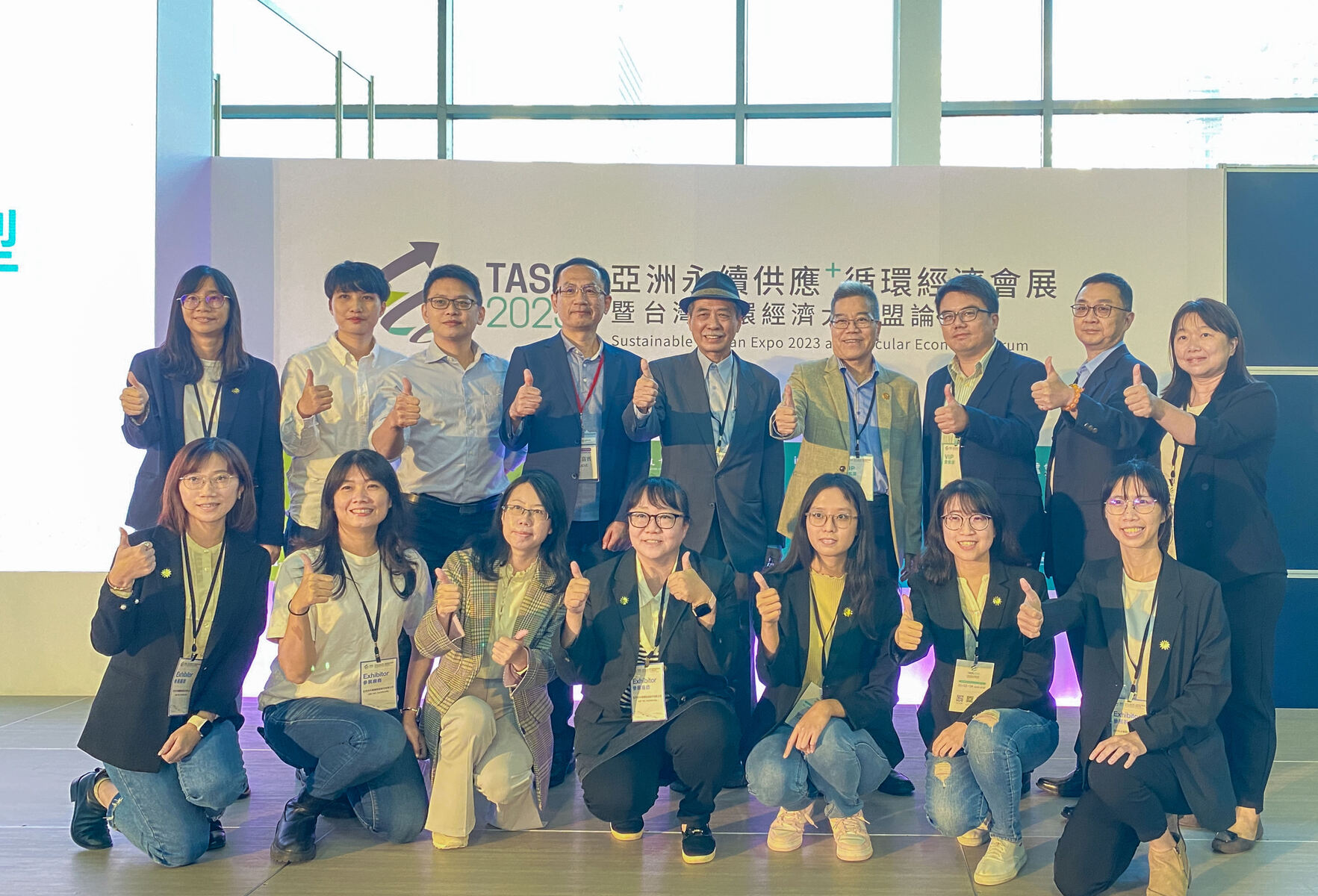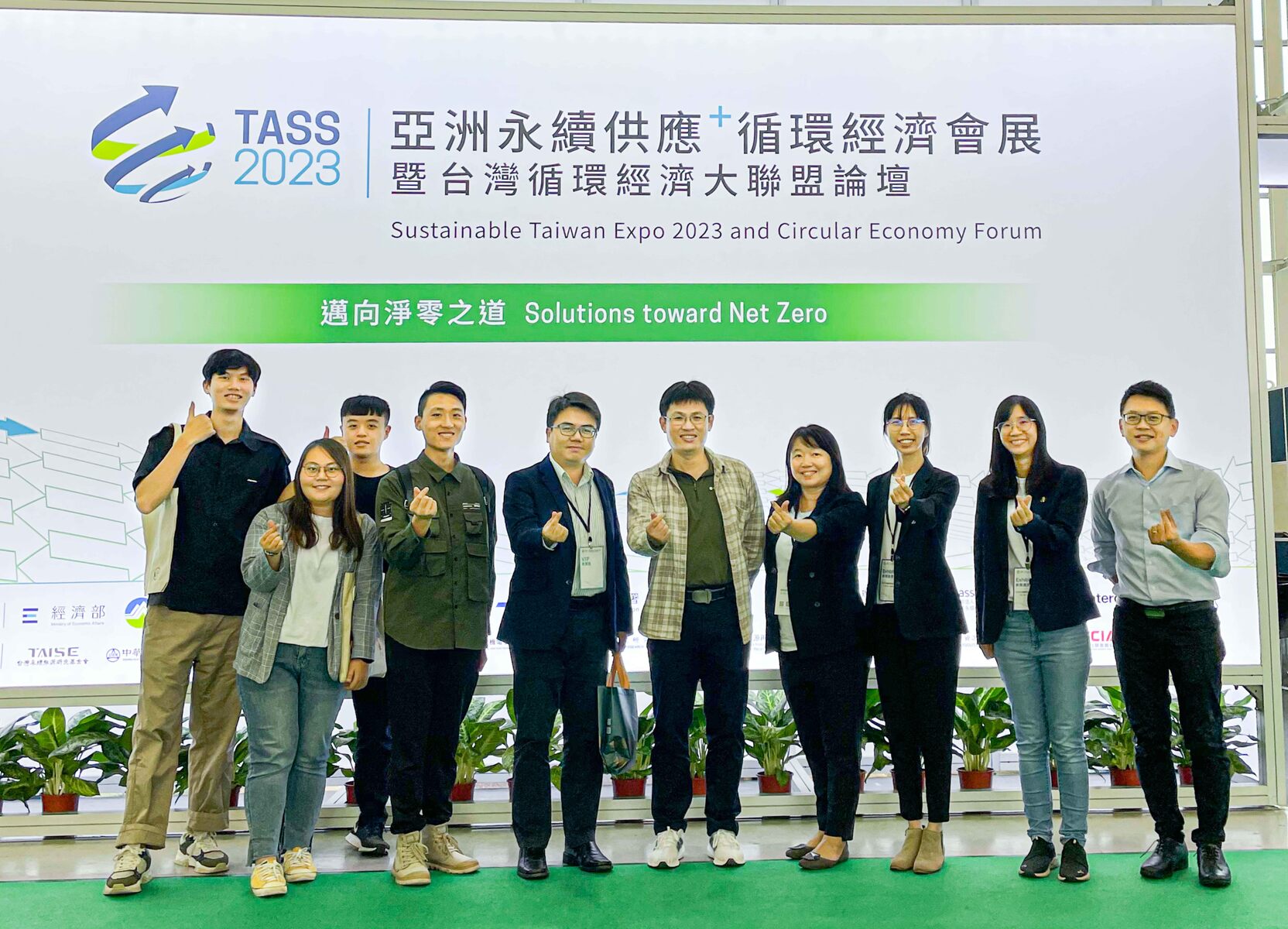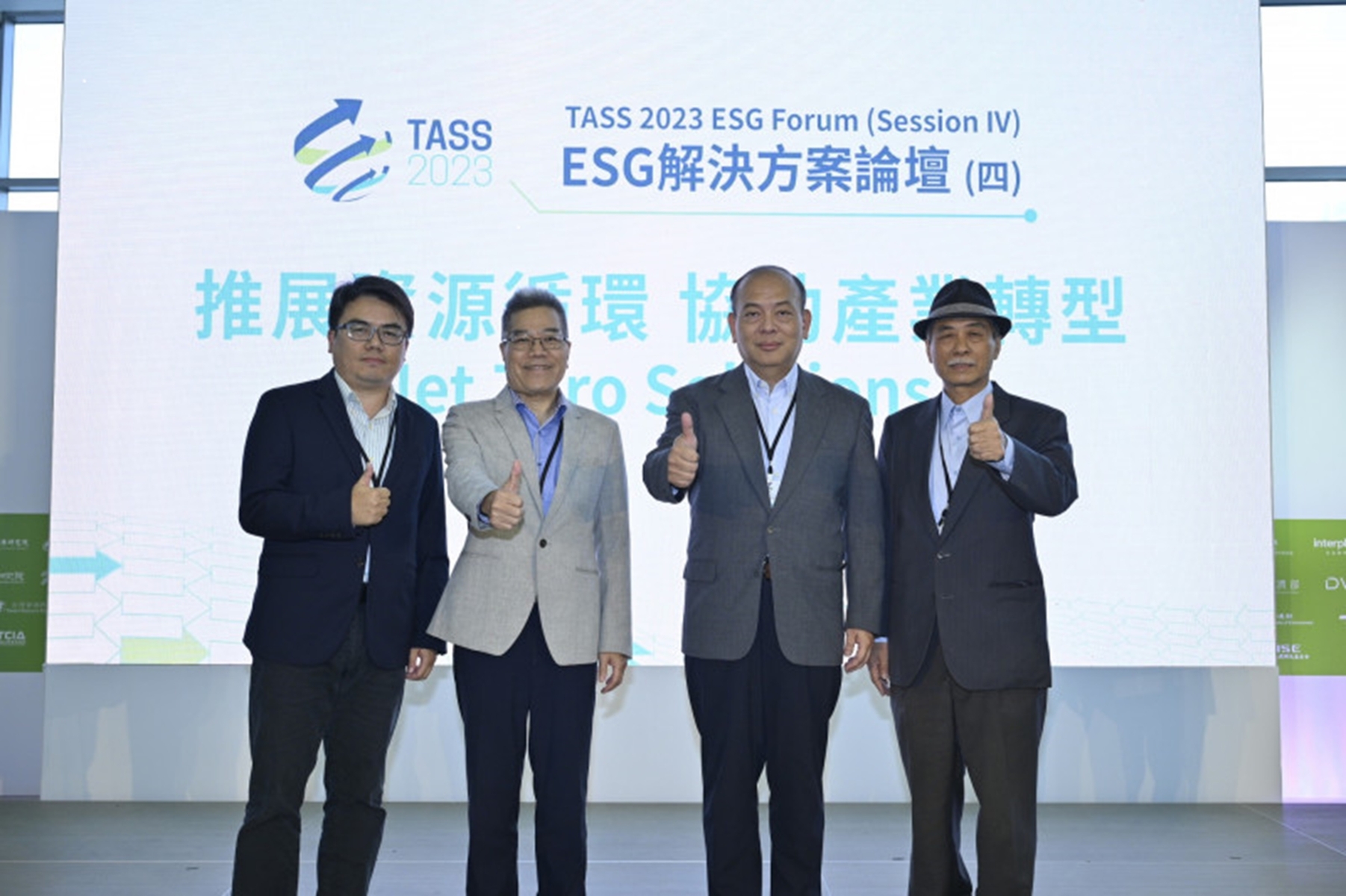NSYSU’s innovative environmental protection strategy empowers ASE to achieve greater sustainability by enabling the reuse of 30% of its industrial wastewater



2024-05-07
Wei-Hsiang Chen, a Professor at the Institute of Environmental Engineering at National Sun Yat-sen University (NSYSU), and his team worked with Advanced Semiconductor Engineering, Inc. (ASE) on a project to develop a sustainable wastewater treatment solution. They achieved a 30% conversion rate of industrial wastewater into reusable water. This not only reduces the environmental impact but also conserves freshwater resources, contributing to water scarcity solutions.
Professor Wei-Hsiang Chen pointed out that the environmental engineers categories water resources into three main types: tap water, reclaimed water, and wastewater. Tap water is the clean water used for drinking and bathing. Wastewater includes household and industrial wastewater. Reclaimed water goes through a treatment process to improve the quality of wastewater, making it suitable for various non-potable purposes such as flushing toilets, washing cars, watering flowers. Due to the global scarcity of freshwater resources and increasing human demands, reclaimed water has become a valuable resource. Singapore and Australia are using reclaimed water for potable purposes after advanced treatment.
"Driven by the need for sustainable development, reclaimed water recycling technology has emerged as a critical area of collaboration between industry, government, and academia in recent years." However, the R&D team identified a key challenge: the treatment process generates concentrated wastewater as a byproduct. Therefore, the project aims to develop strategies to effectively minimize the volume of this concentrated discharge while maintaining the efficiency of the original reclaimed water treatment process. This will significantly reduce the environmental impact of reclaimed water recycling.
In collaboration with ASE, the NSYSU team achieved a significant 30% reduction in the original reclaimed water concentrate discharge volume. This success stemmed from a comprehensive approach. They conducted a detailed analysis of water quality and parameter evaluation at each stage of the reclaimed water recycling system. Furthermore, they incorporated electrodialysis reversal (EDR) technology and strategically identified the optimal point for its application. Finally, by setting operational guidelines for the return flow standard of concentrated discharge water after EDR treatment, they developed a versatile program for reclaimed water concentrate reduction. This program adapts to different scenarios, maximizing results and improving the overall efficiency of reclaimed water recycling and reuse under appropriate conditions.
The R&D team emphasizes this project as a successful example of industry-university collaboration, showcasing the participating companies' commitment to environmental protection. This partnership leverages the strengths of both parties: academia's cutting-edge research and development capabilities and industry's real-world application expertise. By continuing such collaborations, the team hopes to achieve further breakthroughs in reclaimed water recycling technology. Ultimately, this will enable companies to achieve their wastewater recycling goals within their facilities, significantly improving the overall level and development of sustainable water resource utilization in Taiwanese industries.
Wei-Hsiang Chen, a Professor at the Institute of Environmental Engineering at National Sun Yat-sen University (NSYSU), and his team worked with Advanced Semiconductor Engineering, Inc. (ASE) on a project to develop a sustainable wastewater treatment solution. They achieved a 30% conversion rate of industrial wastewater into reusable water. This not only reduces the environmental impact but also conserves freshwater resources, contributing to water scarcity solutions.
Professor Wei-Hsiang Chen pointed out that the environmental engineers categories water resources into three main types: tap water, reclaimed water, and wastewater. Tap water is the clean water used for drinking and bathing. Wastewater includes household and industrial wastewater. Reclaimed water goes through a treatment process to improve the quality of wastewater, making it suitable for various non-potable purposes such as flushing toilets, washing cars, watering flowers. Due to the global scarcity of freshwater resources and increasing human demands, reclaimed water has become a valuable resource. Singapore and Australia are using reclaimed water for potable purposes after advanced treatment.
"Driven by the need for sustainable development, reclaimed water recycling technology has emerged as a critical area of collaboration between industry, government, and academia in recent years." However, the R&D team identified a key challenge: the treatment process generates concentrated wastewater as a byproduct. Therefore, the project aims to develop strategies to effectively minimize the volume of this concentrated discharge while maintaining the efficiency of the original reclaimed water treatment process. This will significantly reduce the environmental impact of reclaimed water recycling.
In collaboration with ASE, the NSYSU team achieved a significant 30% reduction in the original reclaimed water concentrate discharge volume. This success stemmed from a comprehensive approach. They conducted a detailed analysis of water quality and parameter evaluation at each stage of the reclaimed water recycling system. Furthermore, they incorporated electrodialysis reversal (EDR) technology and strategically identified the optimal point for its application. Finally, by setting operational guidelines for the return flow standard of concentrated discharge water after EDR treatment, they developed a versatile program for reclaimed water concentrate reduction. This program adapts to different scenarios, maximizing results and improving the overall efficiency of reclaimed water recycling and reuse under appropriate conditions.
The R&D team emphasizes this project as a successful example of industry-university collaboration, showcasing the participating companies' commitment to environmental protection. This partnership leverages the strengths of both parties: academia's cutting-edge research and development capabilities and industry's real-world application expertise. By continuing such collaborations, the team hopes to achieve further breakthroughs in reclaimed water recycling technology. Ultimately, this will enable companies to achieve their wastewater recycling goals within their facilities, significantly improving the overall level and development of sustainable water resource utilization in Taiwanese industries.
Click Num:
Share
